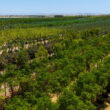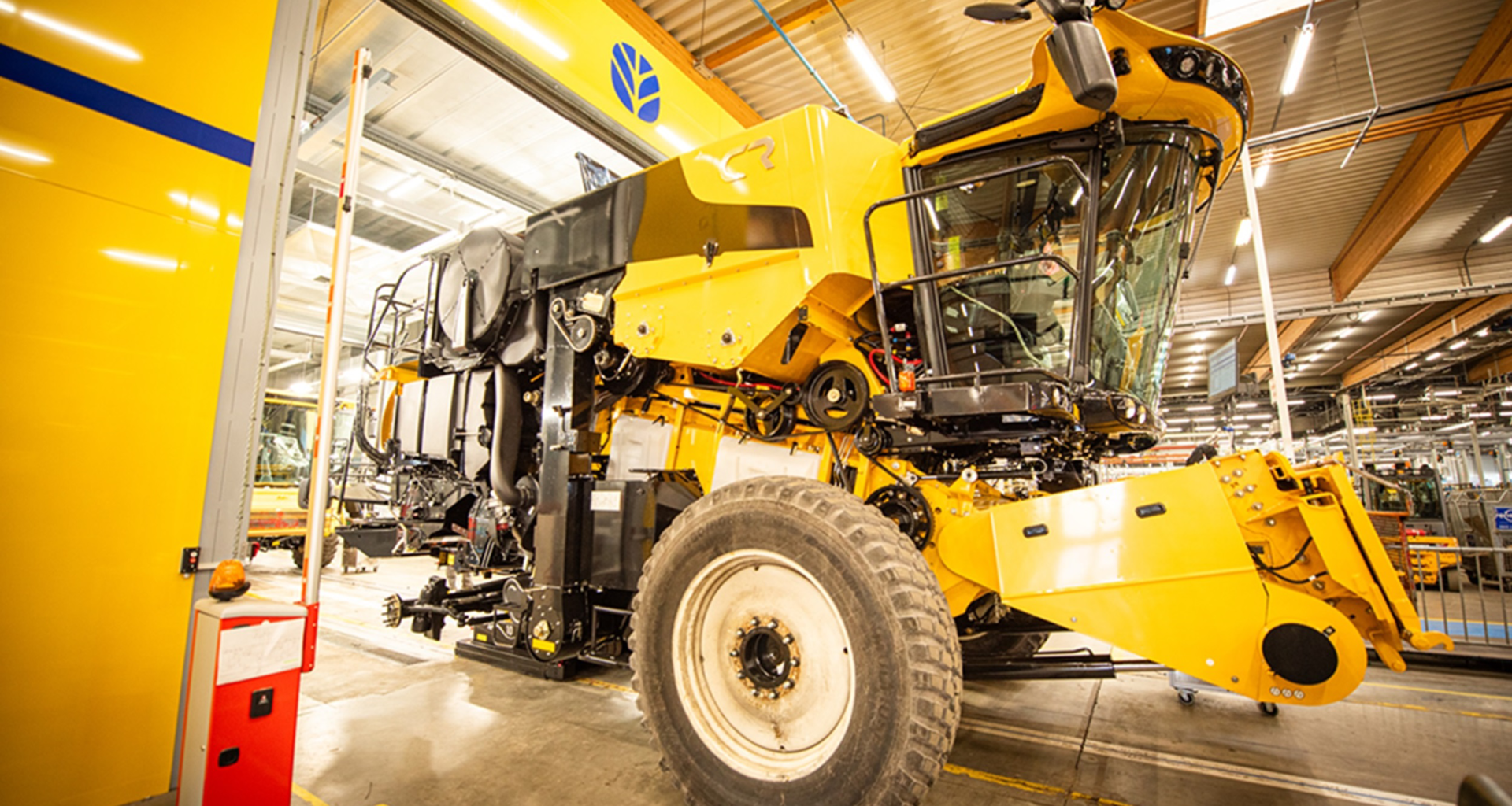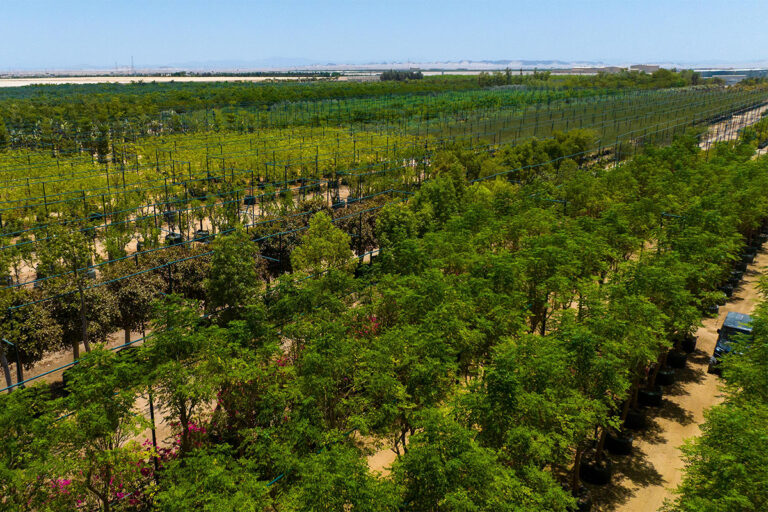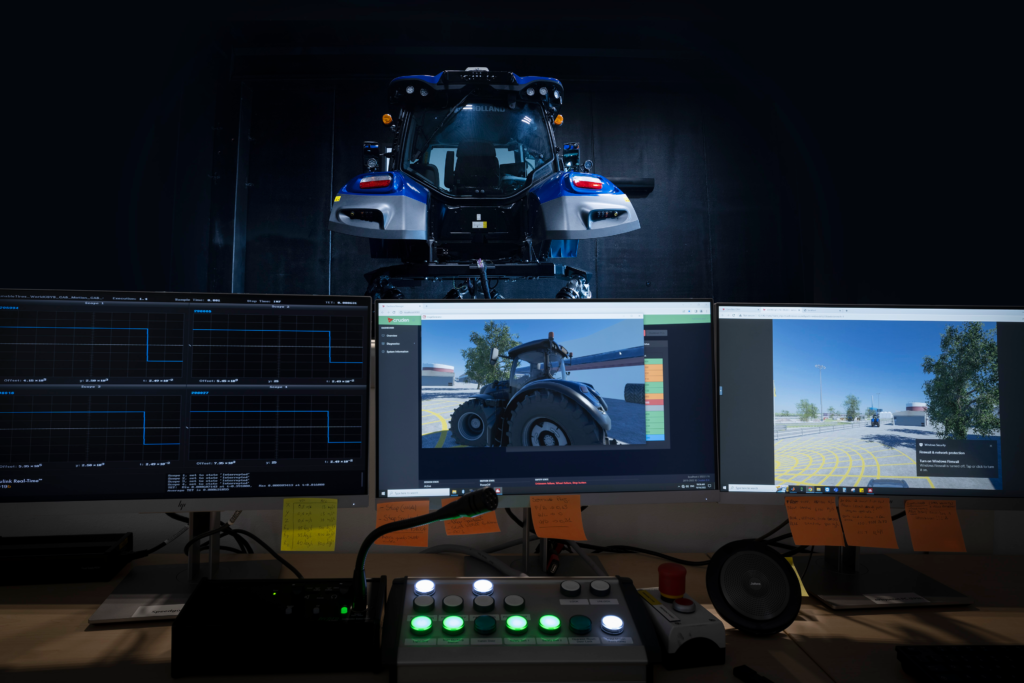
As agriculture faces mounting challenges from climate change, population growth, and finite arable land; technology and sustainability have become the twin pillars shaping the future of farming. CNH, a global leader in this arena, is at the forefront of these advancements, driving innovation through R&D, automation, autonomy, robotics, precision farming and alternative propulsion. Francesca Protano, CNH’s Head of Technology Strategy & Competence Centers, provides a glimpse into this transformative journey.
At the heart of CNH’s strategy is the consolidation of core technologies to anticipate customer needs and address the evolving scenarios in agriculture. The company’s substantial investments in R&D highlight its dedication to enhancing its capabilities. Protano explains, “Our aim is to increase productivity sustainably, consistently staying ahead of technology trends. Over the years, we’ve progressed from automation to autonomy and now robotics, revolutionizing vehicle functionality. This shift from purely mechanical to electronic and highly automated operations reflects our commitment to advancing technology.”
The vision of the farm of the future is becoming a reality. Automation and autonomy are no longer futuristic concepts but integral components of modern agriculture. CNH’s roadmap to full autonomy includes the fully autonomous Grain Cart that operates independently and is controlled by a combine harvester, exemplifying the move towards autonomous farming operations. This transition, however, requires not just technological readiness but also customer acceptance and regulatory alignment.
Robotics play a critical role in this evolution as farming will become increasingly more automated. CNH developed and built the first dynamic simulator for Agriculture – which had previously only been used in the automotive industry. “This simulator gives us a comprehensive set of core skills and tools for virtual simulation,” explains Protano.
Precision farming, bolstered by recent acquisitions such as Raven, Augmenta, and Hemisphere GNSS, enables CNH to innovate across various applications. Augmenta’s Sense & Act technology, for instance, mimics human perception to monitor fields in real-time and optimize spraying, reducing waste and promoting sustainable practices. These advancements are complemented by strategic partnerships such as that with Intelsat, providing satellite connectivity base stations that ensure continuous data flow, which is crucial for precision farming in remote areas lacking mobile coverage.
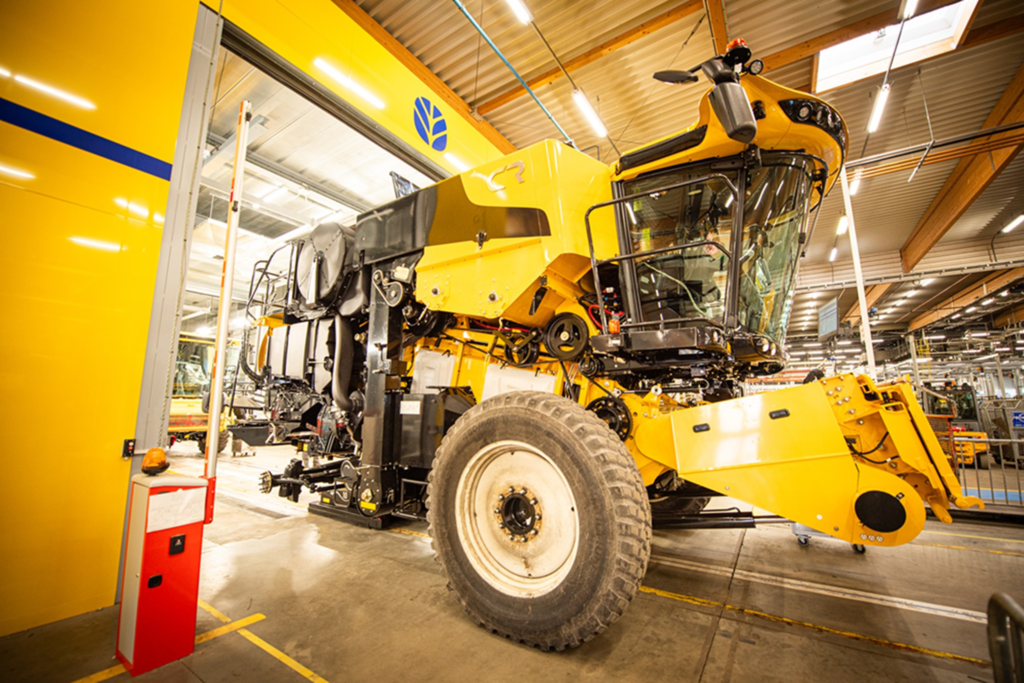
CNH sees sustainability as an additional value proposition for its customers. Protano emphasizes, “Our focus remains on maintaining productivity and profitability for farmers while prioritizing sustainable practices.” The company is pioneering alternative propulsion technologies, including bio-methane, hybrid, full electric and hydrogen-powered tractor prototypes, including the industry’s first commercialized compressed methane tractor – the New Holland T6 Methane Power. CNH’s flagship methane-powered tractors, supported by bio-digesters that convert waste into fuel, epitomize this commitment. These sustainable innovations are economically viable, offering farmers tailored alternative power options.
With continued significant investments and a focus on research and testing, CNH’s Harvesting Center of Excellence in Zedelgem, Belgium is a hub for the development and integration of advanced harvesting technologies. The New Holland CR11 combine is the latest flagship to emerge from this center. It integrates machine learning and auto-calibration, enhancing harvesting efficiency and quality.
Artificial Intelligence (AI) is another frontier for CNH. “AI continually improves through testing and training, helping us enhance operational efficiency,” says Protano.
As CNH navigates these technological advancements, the role of humans in agriculture remains vital. While robotics and AI handle repetitive tasks, the expertise of farmers, agronomists and technicians is crucial for optimizing these technologies. The future of farming lies in a harmonious blend of human and machine capabilities, ensuring sustainable and productive agricultural practices.
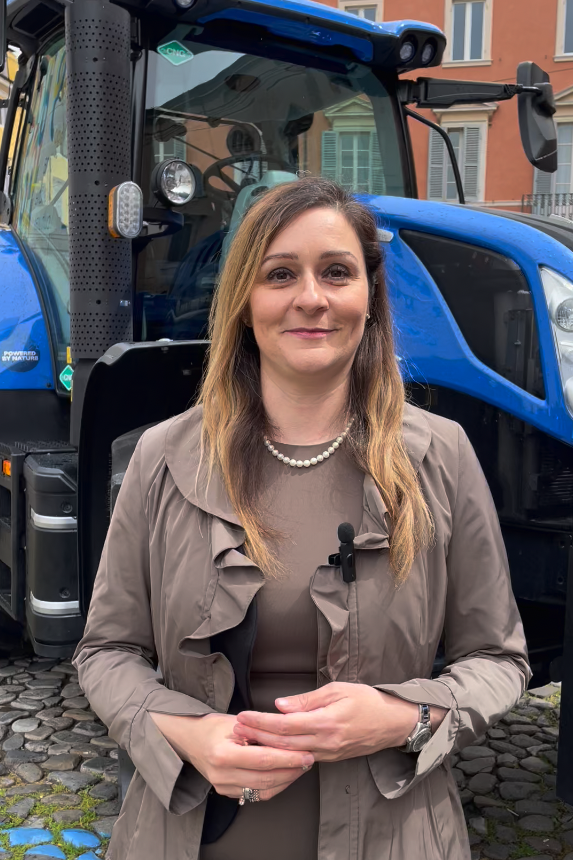
How do you envision the role of farmers changing with the integration of robotics and AI in agriculture?
The role of farmers is evolving from hands-on labor to performing more high value tasks. With robots handling repetitive and physically demanding tasks, farmers can focus on decision-making and optimizing farm operations. The integration of AI helps in predictive analysis, making farming more data-driven and efficient. This shift allows farmers to leverage technology to increase productivity and sustainability, ensuring that they can meet the growing demands of the future.
What are your main focus areas and why?
Precision farming is pivotal for the future, especially with the projected population increase by 2050 and the limited availability of arable land. Our focus is to boost productivity through precision techniques. With our recent acquisitions, we’ve bolstered our technology stack, enabling innovation across various applications and models.
Can you share more about the XMANAI project and its impact on predictive maintenance?
The XMANAI project, a collaboration between engineering and manufacturing, explored AI’s potential in predictive maintenance. Over four years’ of research, we tested and trained operators with augmented reality glasses to interact with AI and act on its suggestions. The results were promising, with the AI continually improving. By reducing machine downtime and predicting maintenance needs, we aim to enhance operational efficiency. Continuing this project, we seek to further maximize benefits and build on our success, ensuring that our machinery remains at peak performance.
Who are your role models, and how have they influenced your approach to innovation?
Our Chair, Lady Suzanne Heywood, is a huge inspiration to me. Her recent book, “Wavewalker,” beautifully details her journey from childhood and the importance of education and ongoing learning. . Her professionalism and leadership, especially as a woman in her position, serve as a shining example for me and others in the company. I’ve had the privilege of presenting company projects to her and she consistently impresses with her insight and precision. Her journey encourages me to embrace challenges and strive for excellence in driving technological advancements in agriculture.
CNH is not only revolutionizing farming but also ensuring a resilient and productive future for the industry. The fusion of technology and sustainability is paving the way for a new era in agriculture, where efficiency and environmental stewardship go hand in hand.

